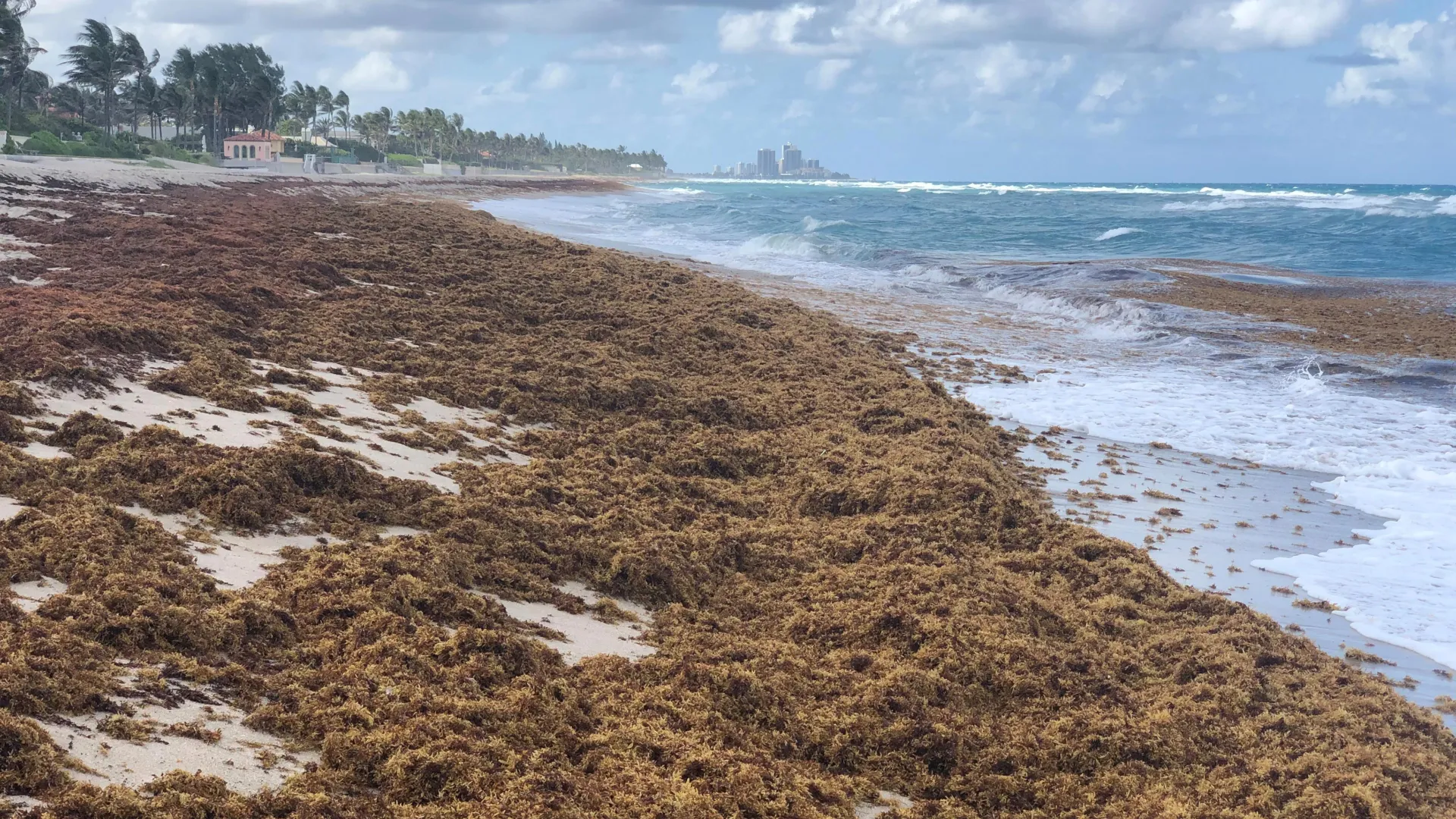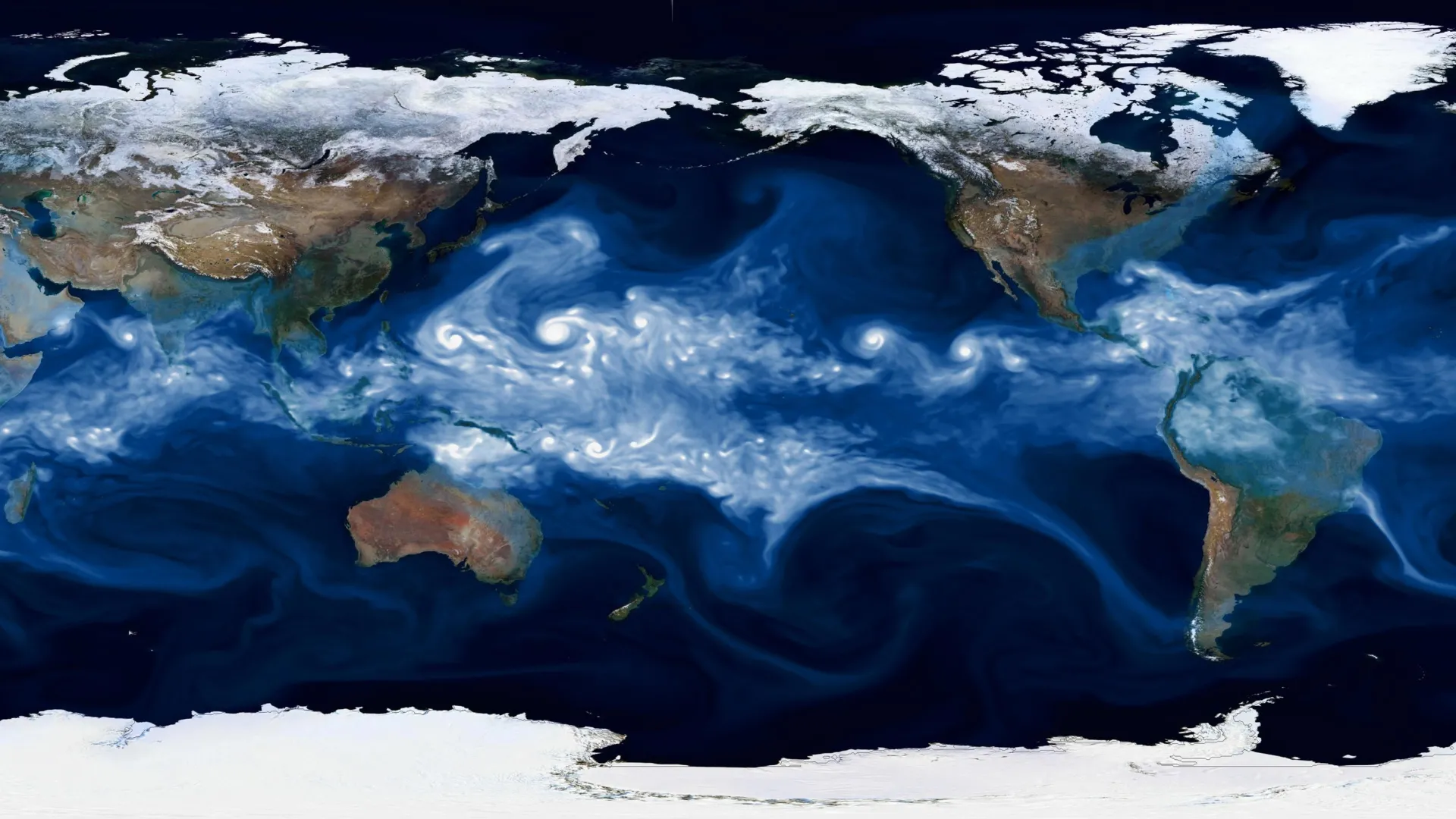Now Reading: Massive Seaweed Bloom Spreads Across the Atlantic
-
01
Massive Seaweed Bloom Spreads Across the Atlantic
Massive Seaweed Bloom Spreads Across the Atlantic

Swift Summary
- Researchers at Florida Atlantic University’s Harbor Branch Oceanographic Institute unveiled a review of four decades of changes in pelagic sargassum.
- Sargassum’s spread across the Atlantic, forming the Great Atlantic Sargassum Belt (GASB), is linked to natural processes and human-induced nutrient enrichment from sources like agricultural runoff.
- GASB, first notable in 2011, has formed almost annually-wiht record biomass levels of 37.5 million tons reported in May 2023.
- Advances in satellite imagery and biogeochemical analyses highlighted nutrient transport from rivers and coastal areas-like the Mississippi River-fueling blooms in regions typically nutrient-poor.
- Findings include shifts in sargassum’s elemental composition: nitrogen increased by over 50% since the 1980s; phosphorus marginally decreased; carbon accumulation also rose.
- Key contributors fueling these changes include atmospheric deposition, wastewater discharge, and riverine outflows such as those near the Amazon River basin. Seasonal cycles such as flood or drought patterns further influence biomass variation.
- Massive blooms impact tourism, fisheries, coastal health management (e.g., beach cleanups), with occasional infrastructure threats like power plant shutdowns.
Read more: ScienceDaily
Indian Opinion Analysis
The findings on sargassum’s unprecedented growth provide critical insights into marine ecosystem dynamics globally. For India-a developing nation with vast coastlines-the phenomenon underscores two major focal points: coastal management strategies to combat marine environmental challenges compounded by land-based runoffs and anthropogenic pollution influences.
India’s population relies heavily on agriculture along its extensive river systems. This study highlights how unregulated practices could exacerbate similar challenges within domestic waters or indirectly contribute to global oceanic changes through nutrient-loading processes affecting large-scale ocean circulation systems. Furthermore, India will need stronger international scientific collaborations to evaluate how interconnected ecosystems can mutually affect nations due to growing environmental pressures.
Effective coordination between policymakers focusing on agriculture runoff control combined with research bodies tracking broader ecological impacts can be key for India navigating resilient development goals amidst advancing marine challenges mirrored globally within ecosystems such as the Gulf region covered prominently here.

























